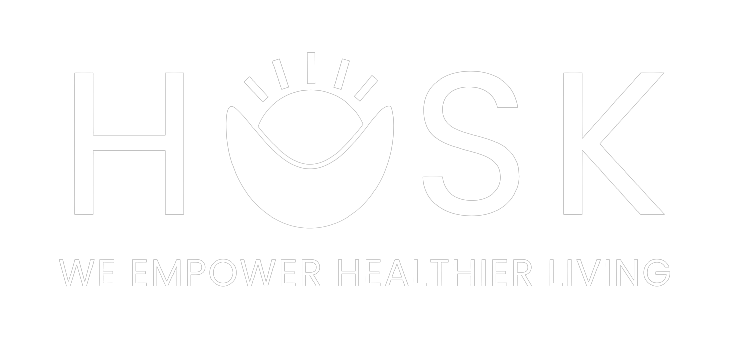
Selling Your Workplace Wellness Strategy to the C-Suite
Getting leadership support for your workplace wellness strategy is about more than securing budget approval. Research consistently shows that employees are more likely to engage in wellness programs when their leaders visibly support them.
So how do you get the C-suite on board? It all comes down to messaging that champions results, knows its audience, and keeps wins (both big & small) top of mind.
Be Data-Driven
Start with the numbers. Executives respond to evidence, so build a compelling business case using metrics such as:
- Healthcare costs: How have your organization’s healthcare expenses changed over time? If costs have risen, can you link this to an increase in chronic conditions?
- Absenteeism rates: How frequently are employees missing work? Is this tied to physical health issues or mental burnout?
- Industry benchmarks: What results are peer organizations seeing from their wellness initiatives?
- Internal employee survey results: Do employees express interest in new benefits or perks? Is there evidence that these offerings could boost morale or enhance company culture?
- Projected cost savings or ROI: What is the potential return on investment from reduced healthcare costs, lower absenteeism, and increased productivity?
Know Your Audience
When presenting the case for your workplace wellness strategy, make sure you know your audience. The benefits the CFO may want to see (cost containment or long-term savings) will differ from the goals the COO or CEO may have, which may focus more on turnover reduction, talent attraction, or scaling and innovation. Highlight benefits that resonate with each stakeholder’s unique objectives.
It’s also important to anticipate objections. If the CFO questions ROI, be ready with projections. If the COO worries about disruption, show how wellness integrates seamlessly into workflows.
Provide Ongoing Reports
Finally, remember that buy-in doesn’t end at implementation. To maintain and grow support for your workplace wellness strategy, be ready to show results:
- Benchmark progress over time
- Share immediate wins, like improved morale or reduced sick days
- Survey employees regularly to measure impact
When leadership sees tangible outcomes, they’re more likely to continue investing and advocating for wellness.
Building Lasting Support for Wellness
Your workplace wellness strategy is only as strong as the support behind it. With the right message backed by data, aligned with strategic goals, and reinforced by results, you can turn your leadership team into champions for your wellness program.
If you’re ready to elevate your wellness strategy with solutions that are tech-enabled, data-rich, and cost-effective, discover how HUSK helps companies deliver wellness solutions that employees love (and executives trust!). Contact us today!
Challenge
Marketplace
Mental Health
Nutrition
Rewards
HUSK Pro
Company
About
Contact
Press
Blog
© – HUSK | All rights reserved | Privacy Policy |
Terms & Conditions
|
Security & Compliance
|
Status

